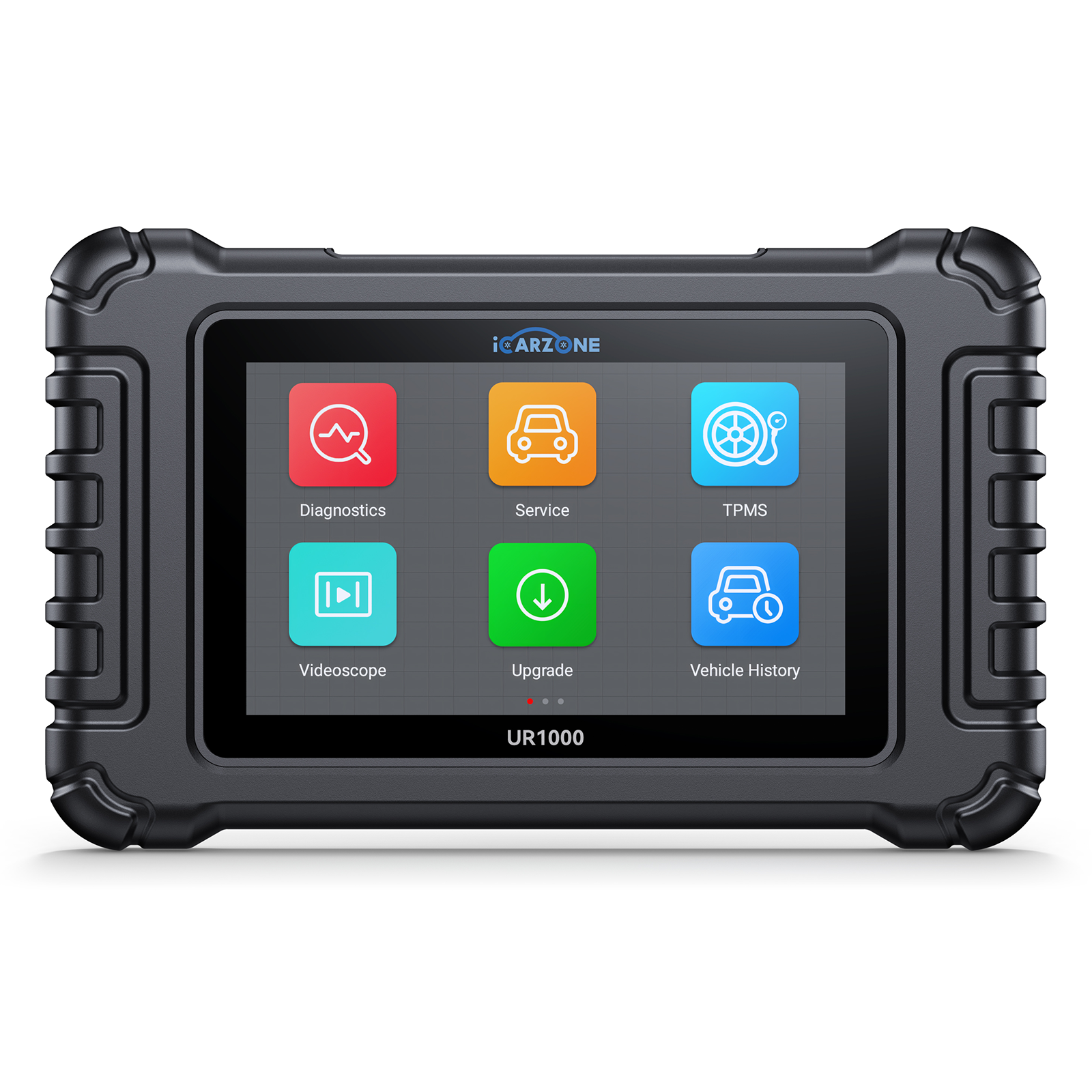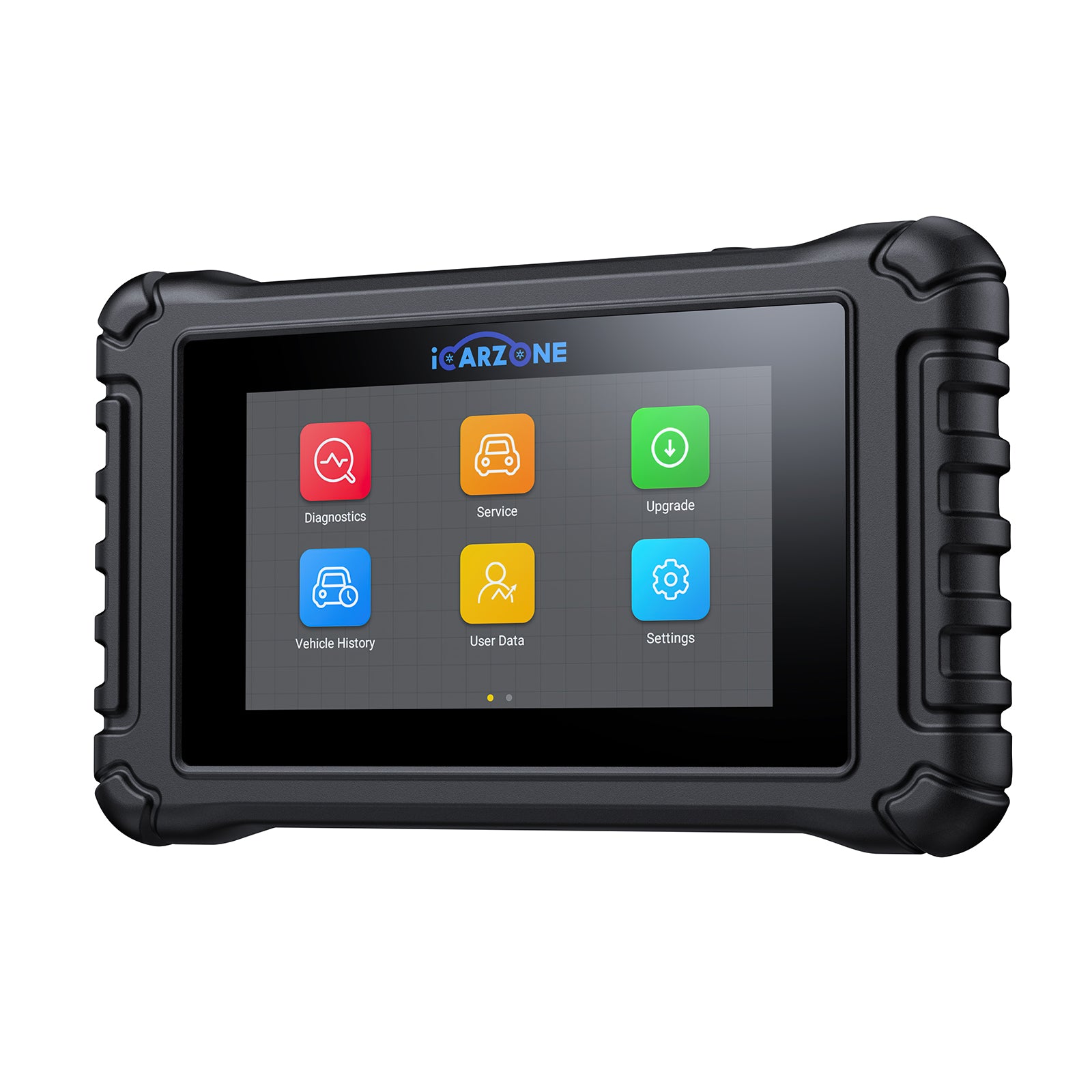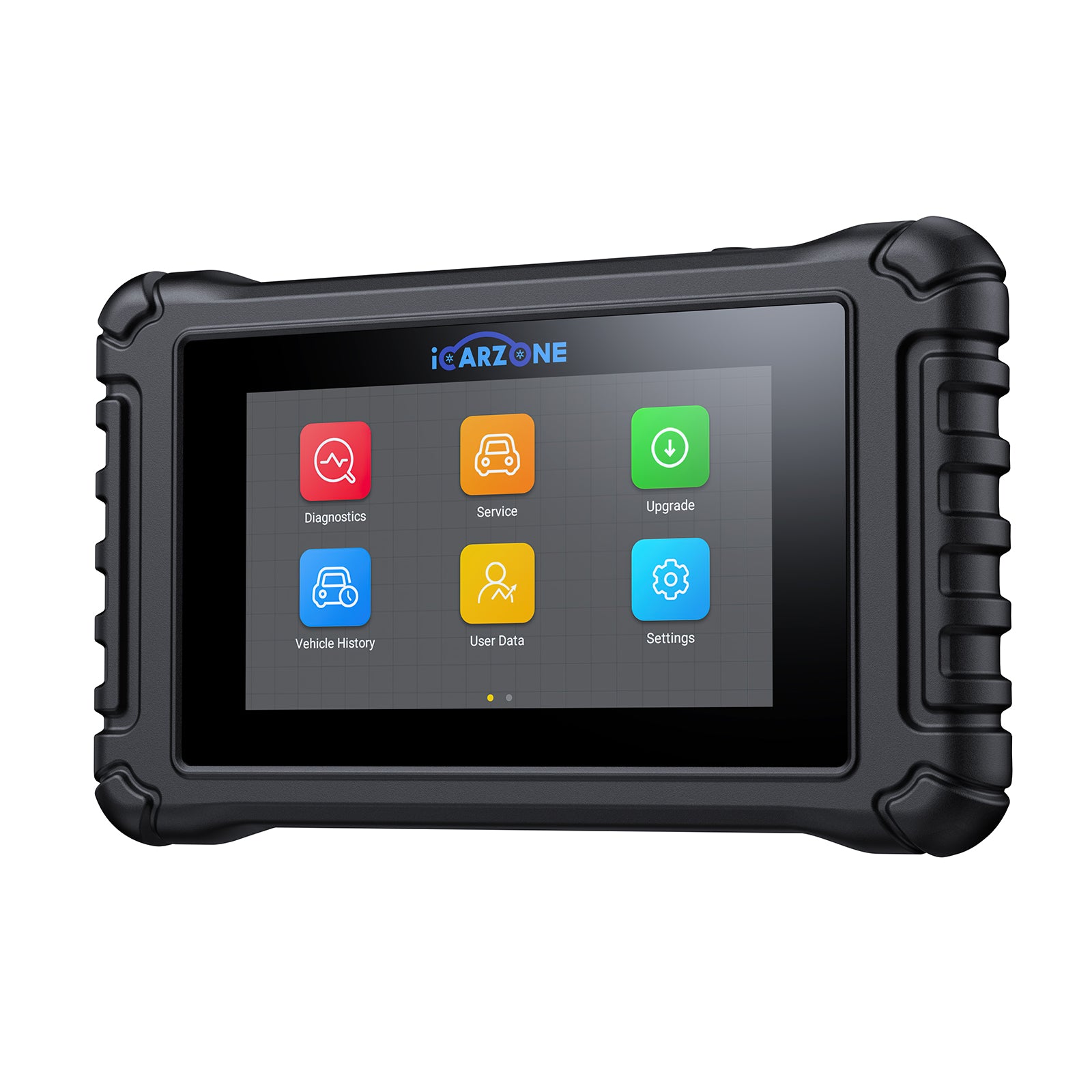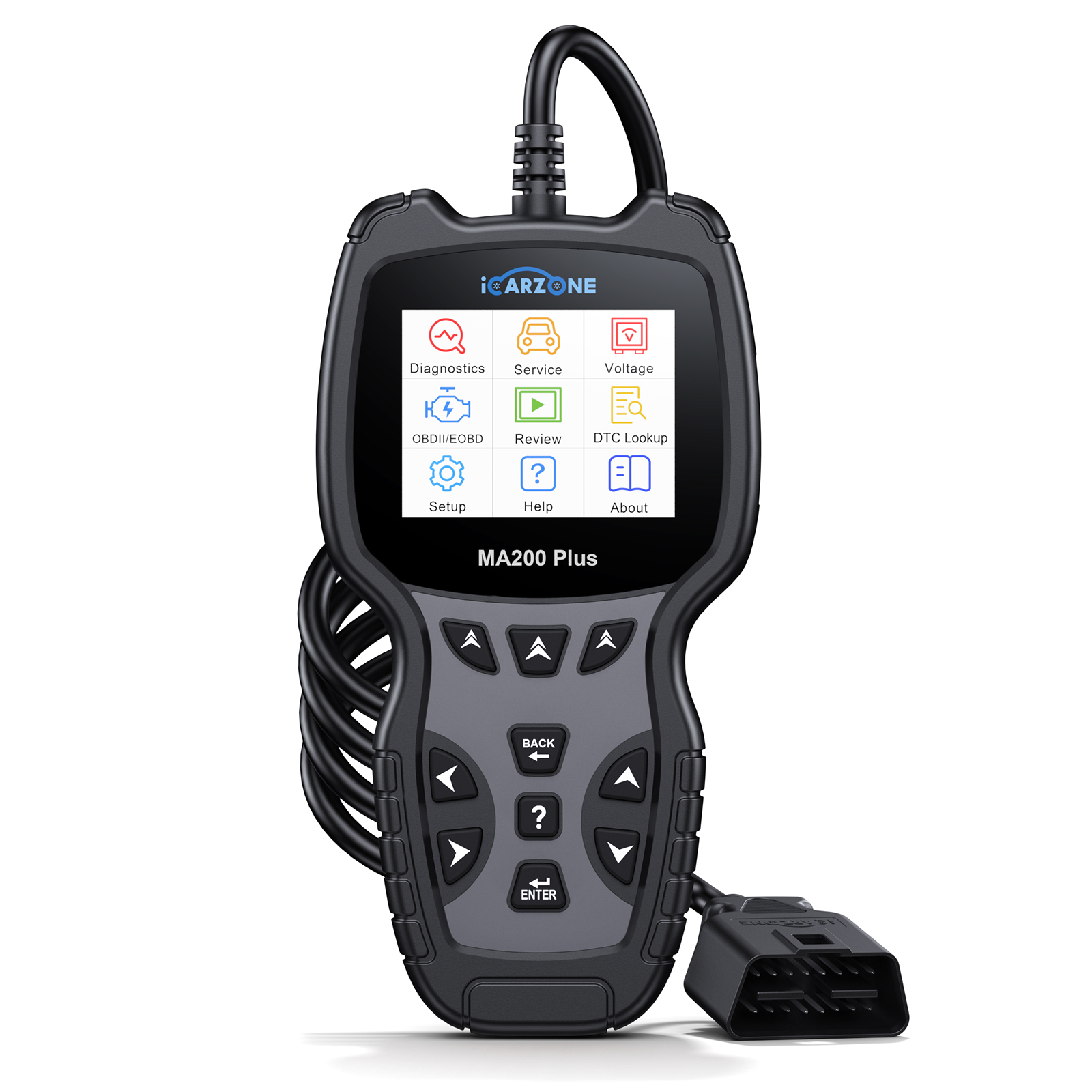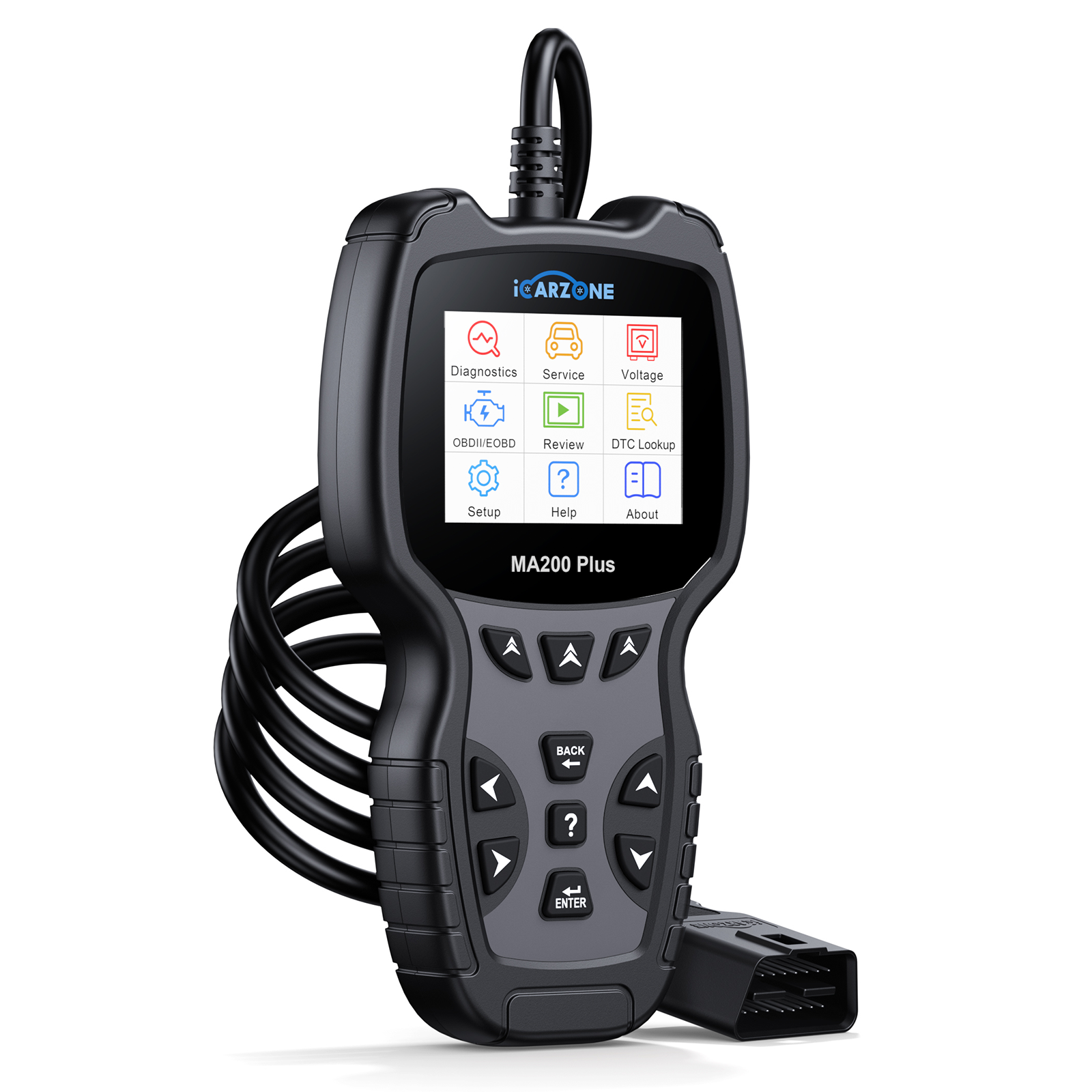P0136 in Honda Civic: Fix Oxygen Sensor Issues with UR800 Guide
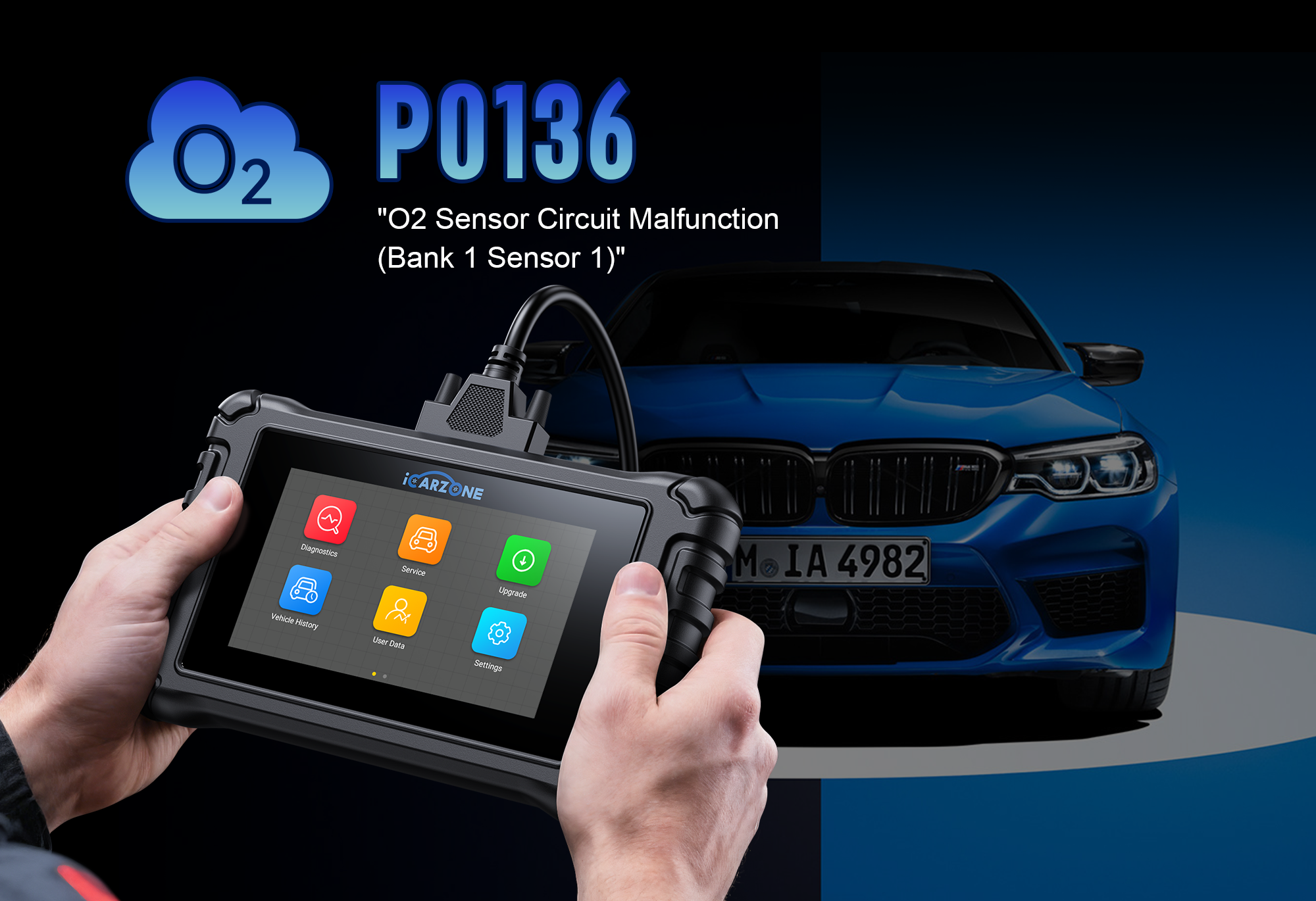
Table of Contents
- 1. What Is P0136 Code in Honda Civic?
- 2. Common Causes of P0136 in Honda Civic Models
- 3. Symptoms of P0136 in Honda Civic
- 4. How Serious Is the P0136 Issue?
- 5. P0136 Trends in Specific Honda Civic Years
- 6. Can You Drive with P0136 in Your Honda Civic?
- 7. Best Fixes for P0136 in Honda Civic
- 8. Diagnosing P0136 with UR800 Diagnostic Tool
- 9. Cost to Repair P0136 in Honda Civic
- 10. Repair Video Tutorials for Honda Civic Owners
- 11. Preventive Measures for Honda Civic Oxygen Sensors
- 12. Frequently Asked Questions
The P0136 code is a common diagnostic trouble code in Honda Civic vehicles, indicating a malfunction in the Oxygen Sensor Circuit (Bank 1, Sensor 2). This issue frequently affects popular models like the 2016-2021 Honda Civic P0136, Honda Civic EX P0136, and Honda Civic Si P0136. In this guide, we’ll explore model-specific causes, symptoms, and solutions, with expert tips on using tools like the iCarzone UR800 for accurate diagnosis.
1. What Is P0136 Code in Honda Civic?
The P0136 code in Honda Civic vehicles specifically refers to a malfunction in the downstream oxygen sensor (Bank 1, Sensor 2) circuit. This sensor is located after the catalytic converter and monitors exhaust gas composition to help the Engine Control Module (ECM) optimize emissions and fuel efficiency.
In Honda Civic’s 1.5L turbocharged (L15B7) and 2.0L naturally aspirated (K20C2) engines, the downstream oxygen sensor plays a critical role in verifying catalytic converter performance—a key function for emissions compliance.
Note: P0136 targets the second oxygen sensor in Bank 1 (closest to the front of the vehicle), distinguishing it from P0130 (Bank 1, Sensor 1, upstream) and P0138 (high voltage in Bank 1, Sensor 2) codes common in Civic models.

2. Common Causes of P0136 in Honda Civic Models
Several Honda Civic-specific factors can trigger P0136:
- Failed Downstream Oxygen Sensor: Most prevalent in 2016-2019 Honda Civic P0136 models, where sensor degradation occurs around 60,000-80,000 miles due to exhaust heat and contaminant exposure.
- Damaged Wiring Harness: The sensor’s wiring near the exhaust manifold is prone to heat damage or fraying in Civic turbo models, especially those with aftermarket exhaust modifications.
- Corroded Electrical Connector: The 4-pin connector linking the sensor to the ECM often develops corrosion in Honda Civic P0136 models driven in humid or coastal climates.
- Exhaust Leaks: Leaks before the downstream sensor (common in 2017 Honda Civic Si P0136) introduce extra oxygen, disrupting sensor readings.
- ECM Software Issues: Early 2016 Civic models had ECM calibration issues causing false P0136 codes, resolved through Honda’s technical service bulletins.
3. Symptoms of P0136 in Honda Civic
Honda Civic owners typically notice these specific symptoms when P0136 is present:
- Illuminated Check Engine Light: The primary indicator, appearing as a steady glow in the Civic’s instrument cluster.
- Reduced Fuel Efficiency: Owners report 5-10% lower MPG, particularly noticeable in highway driving for Honda Civic EX P0136 models.
- Failed Emissions Tests: Common in states with strict regulations, as P0136 triggers emissions system readiness monitor failures.
- Erratic Idle: Mild rough idle in 2018-2020 Honda Civic P0136 models during cold starts.
- Catalytic Converter Warning: Some Civics display "Check Catalyst System" messages alongside P0136.

4. How Serious Is the P0136 Issue?
While P0136 isn’t immediately dangerous, prolonged忽视 in Honda Civic can lead to consequences. The ECM relies on downstream oxygen sensor data to adjust fuel mixture—without accurate readings, your Civic may run rich, increasing fuel consumption and potentially damaging the catalytic converter over time.
Additionally, P0136 will cause your Civic to fail emissions tests, which is legally required for registration in most regions. In states like California, driving with an illuminated check engine light due to P0136 can result in fines.
5. P0136 Trends in Specific Honda Civic Years
Certain Civic generations show higher P0136 incidence:
- 2016-2019 Civic (10th Generation): 1.5L turbo models have 38% higher P0136 rates due to sensor proximity to the turbocharged exhaust system.
- 2020-2021 Civic: Improved sensor shielding reduced P0136 cases by 25% compared to earlier 10th-gen models.
- Civic Si (2017-2021): Performance trim models report more P0136 issues due to higher exhaust temperatures from aggressive tuning.
- Civic Hybrid (2016-2019): Hybrid variants experience fewer P0136 cases (12% lower) due to cooler exhaust temperatures.
6. Can You Drive with P0136 in Your Honda Civic?
Short-term driving with P0136 is generally safe in Honda Civic, but not recommended long-term. For daily commutes under 30 miles, you can drive your Civic while arranging repairs without immediate risk.
However, fuel efficiency will suffer, and you should avoid emissions testing until P0136 is resolved. If you notice worsening symptoms like rough idle or reduced power in Honda Civic Si P0136 models, limit driving to prevent potential catalytic converter damage.
7. Best Fixes for P0136 in Honda Civic
Effective solutions tailored to Honda Civic:
- Downstream Oxygen Sensor Replacement: Primary fix for 2016-2021 Honda Civic P0136—use OEM Honda part #36532-5AA-A01 for proper calibration with Civic’s ECM.
- Wiring Harness Repair: Essential for Honda Civic Si P0136 with heat-damaged wires near the turbocharger/exhaust manifold.
- Connector Cleaning/Replacement: Apply dielectric grease to the 4-pin connector in 2018 Civic P0136 to prevent future corrosion.
- Exhaust Leak Repair: Fix gaskets or damaged pipes in Civic EX P0136 models before replacing sensors.
- ECM Software Update: Honda TSB 19-082 addresses false P0136 codes in 2016-2017 Civics via dealer reprogramming.
8. Diagnosing P0136 with UR800 Diagnostic Tool
The iCarzone UR800 simplifies P0136 diagnosis in Honda Civic:
- Connect UR800 to your Civic’s OBD-II port (under dashboard, near driver’s side knee bolster).
- Select "Honda" > "Civic" > your specific model year and engine (L15B7 or K20C2).
- Run a full system scan to confirm P0136 and check for related codes (common: P0130, P0420).
- Access live data to monitor oxygen sensor voltage—healthy sensors should fluctuate between 0.1V and 0.9V.
- Use the UR800’s graphing function to compare upstream (Sensor 1) and downstream (Sensor 2) patterns.
- Perform active tests to verify circuit integrity, critical for distinguishing sensor vs. wiring issues in Civic P0136.
The UR800’s Honda-specific diagnostic protocols provide accurate voltage readings and circuit tests essential for resolving P0136.
Ready to Diagnose Your Honda Civic P0136?
Get UR800 for Honda Civic Diagnosis
9. Cost to Repair P0136 in Honda Civic
Repair costs for Honda Civic P0136:
- OEM downstream oxygen sensor replacement: $80–$150 (part only)
- Wiring harness repair: $100–$200 (parts + labor)
- Connector replacement: $30–$70 (parts + labor)
- ECM reprogramming: $80–$150 at Honda dealerships
- Total DIY repair: $80–$150 (sensor only) + basic tools
- Professional repair: $180–$300 (parts + labor)
Costs are slightly higher for Civic Si models due to tighter engine bay access around the turbocharged exhaust system.
10. Repair Video Tutorials for Honda Civic Owners
Search YouTube for these Civic-specific guides:
- "How to Fix P0136 in 2016-2021 Honda Civic (1.5L Turbo)"
- "Honda Civic Downstream Oxygen Sensor Replacement - P0136 Fix"
- "Diagnosing P0136 in Honda Civic with UR800 Tool"
- "2017 Civic Si P0136 Wiring Harness Repair Guide"
11. Preventive Measures for Honda Civic Oxygen Sensors
Avoid P0136 in your Honda Civic with these steps:
- Use only Top Tier gasoline to reduce sensor contamination in turbocharged Civic models.
- Inspect oxygen sensor wiring during 60,000-mile service for heat damage or corrosion.
- Apply dielectric grease to sensor connectors when replacing to prevent moisture ingress.
- Avoid short trips that prevent the catalytic converter from reaching operating temperature.
- Address exhaust leaks promptly, as they accelerate oxygen sensor failure in Civics.
- Use Honda-recommended fuel additives every 15,000 miles to clean carbon deposits.
Tip: For 2016-2019 Honda Civic owners, proactively replacing the downstream oxygen sensor at 70,000 miles can prevent unexpected P0136 failures, especially before emissions testing deadlines.
12. Frequently Asked Questions
Will P0136 affect my Honda Civic’s warranty?
No, but unaddressed P0136 can cause catalytic converter damage that might impact emissions warranty coverage. Repair promptly if under 8-year/80,000-mile emissions warranty.
Can I use an aftermarket oxygen sensor for my Civic P0136?
While possible, OEM or OE-equivalent sensors (Denso, Bosch) are recommended for Honda Civic P0136 to ensure proper ECM communication and avoid premature failure.
How does UR800 help diagnose P0136 in older Civics?
The UR800 supports all Civic models back to 1996, providing oxygen sensor voltage data and circuit tests specific to each generation’s electrical system.
Can a bad catalytic converter cause P0136 in my Honda Civic?
Yes, a failing catalytic converter can produce abnormal exhaust gases, causing the downstream sensor to trigger P0136. The UR800 can help distinguish sensor vs. converter issues.
Is P0136 common in modified Honda Civics?
Yes, Civics with aftermarket exhaust systems or tuning often experience P0136 due to sensor placement changes or increased exhaust temperatures.
Fix Your Honda Civic P0136 Today with UR800



